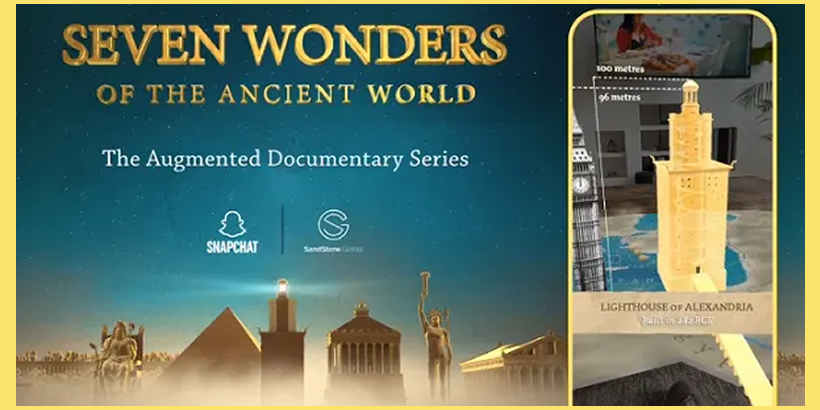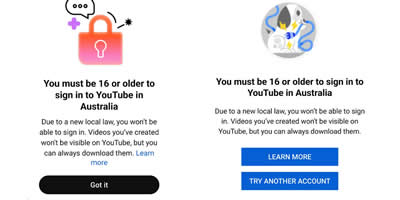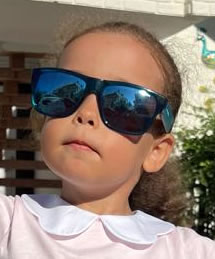Snapchat has made a surprising attempt to elevate its technology beyond its traditional user base by an ambitious collaboration with Channel 5 in the U.K. to explore ancient history through augmented reality (AR). The content, featuring Snapchat's AR capabilities, is featured directly as part of a new television series from Bettany Hughes OBE, who travels around Greece, Egypt, and Turkey to help revisit the world’s most iconic ancient wonders. And, of course, this isn't simply another travel show. Now, with the scanning of QR codes on screen, viewers can make a noteworthy interactive experience with the content in real time. They can also experience AR capabilities that visually reassemble lost civilizations.

Augmented Reality as a Bridge Between History and Innovation
Ultimately, the project is not just about technology; it is a reformulation of how we think about history. History is taught and learned in ways that tend to be one-dimensional, except for occasional interactions in the classroom or summation activities, if they're lucky. Now, with the Snap Camera and their smartphone device, audiences can be immersed in ancient worlds as if they've experienced them themselves. For example, rather than simply reading about the pyramids at Giza, audiences can 'walk' through them, or instead of simply researching the Hanging Gardens of Babylon, audiences can 'stand' in their midst. In contrast to history programming, which can sometimes promote interactivity but often leaves viewers scant active participation—particularly when targeting youth audiences—the Drawn on Site partnership has established a new benchmark in educational broadcasting that engages viewers through storytelling, exploration, and AR.
Expanding AR’s Educational Value Through Strategic Media Partnerships
Conversely, while Snapchat's audience historically skews younger, the Channel 5 partnership allows SNAP to engage with its innovative AR functionalities to a wider, perhaps even older, audience. This is certainly the company’s intent. This was the opportunity for people of all ages to see history interactively and immersively in a way that television cannot facilitate. Instead of leaning on traditional ways of learning, AR not only engages but also educates while painting a picture of inclusion with the potential for multi-generational viewing. Given that AR glasses are on the horizon, this type of entry-level cross-generational content might also be an important portal into a greater tech ecosystem.





























